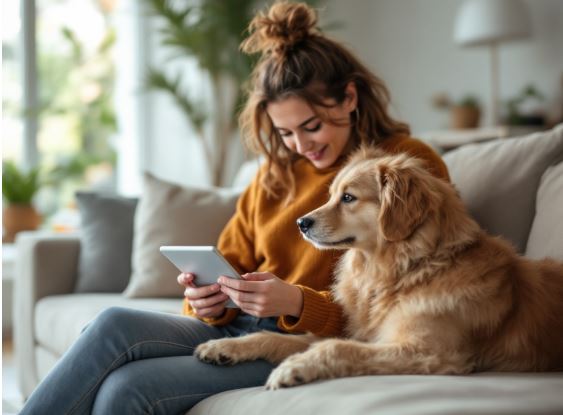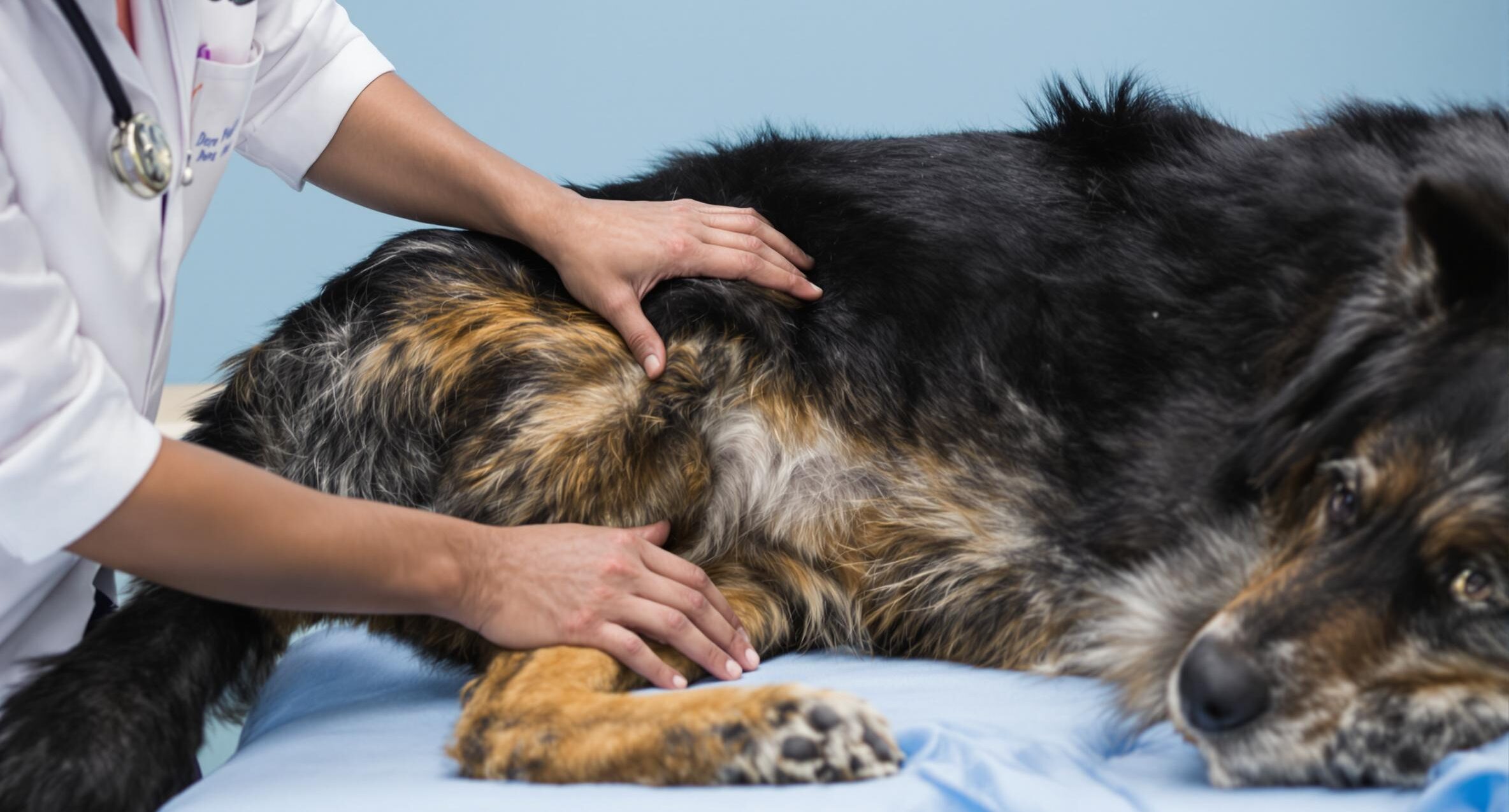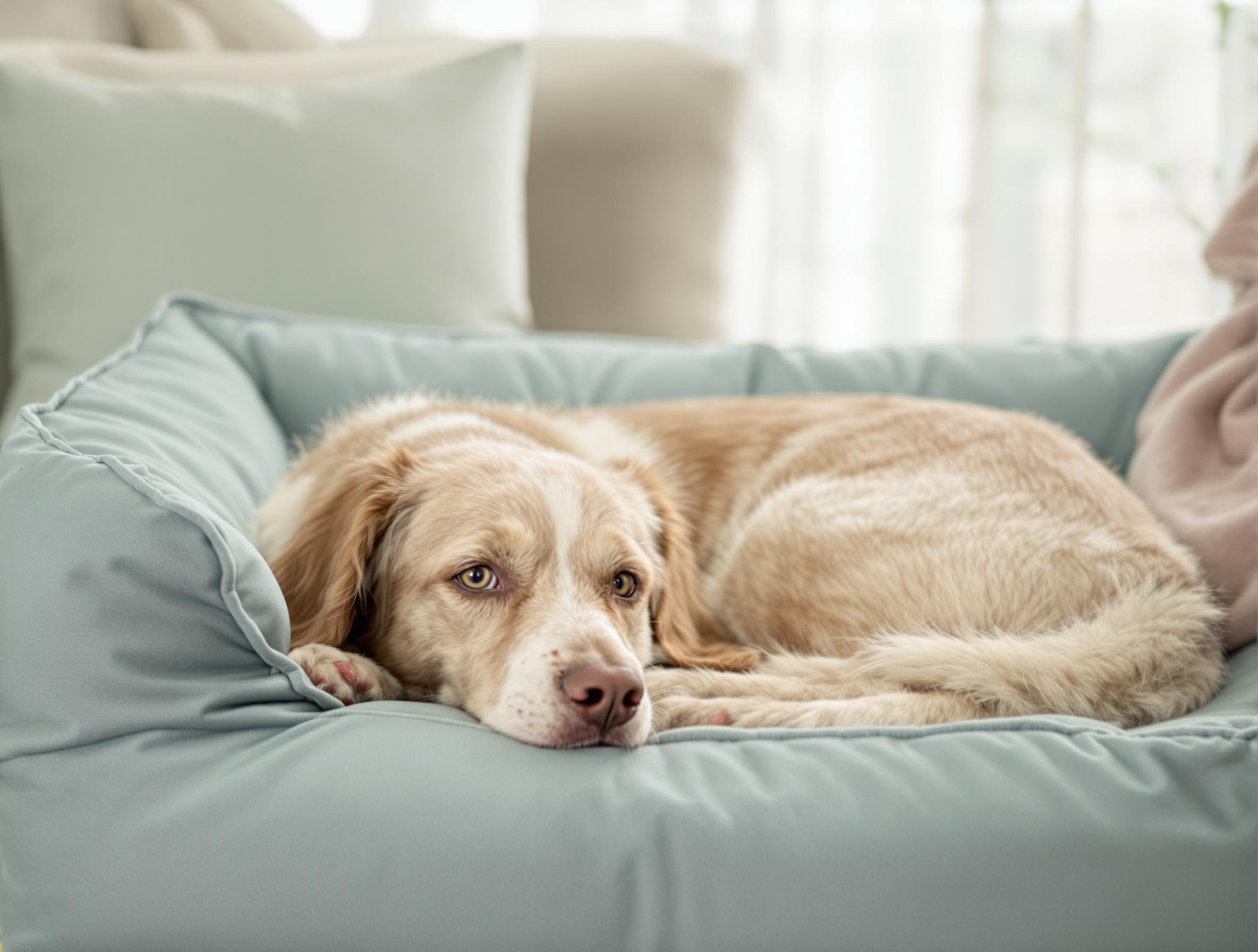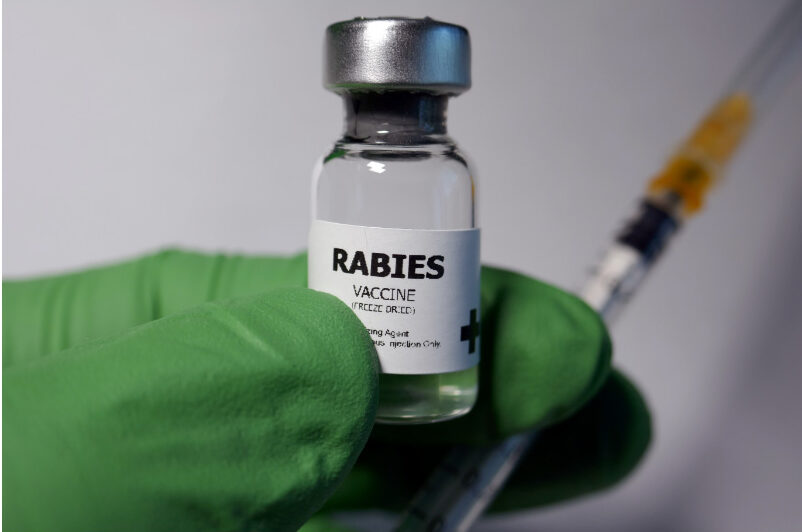
Key takeaways:
- Dog-proofing your home is essential for ensuring the safety and security of your new furry friend.
- Nutrition and feeding schedules are pivotal to your dog’s health and growth.
- Building a positive relationship with your veterinarian ensures your pet receives comprehensive preventive care.
You walk through the door, and there they are, your new furry friend, tail wagging, eyes full of wonder, ready to take on the world with you. Bringing home a new dog is a heartwarming, life-changing experience that fills your days with love, laughter, and a touch of chaos. With the right approach, you will build an unbreakable bond that sets the stage for a happy, well-adjusted dog.
That is where we come in. At PetHealthMD, we are here to be your go-to resource for all things pet parenting. Whether you are looking for trusted advice on training, socialization, or health-related concerns, our site is packed with expert-backed information tailored to pet owners like you. Our veterinarian-approved new dog checklist will help you start off strong, covering everything from essential supplies to training and socialization tips.
Keeping Your Dog Safe at Home
Bringing home a dog is like having a toddler who never stops exploring. Everything is a potential toy or snack. Making your home safe is necessary before your new furry friend arrives.
Home safety checklist:
- Get down on all fours and look around from a dog’s perspective.
- Secure blind cords, electrical wires, and small objects.
- Install baby gates to create safe areas.
- Use childproof latches on cabinets.
- Store medications safely and consult your vet about medication safety.
- Keep trash cans securely closed.
- Provide appropriate chew toys.
- Set up a cozy dog area with a bed, toys, and a crate.
Choosing the Right Food for Your Dog
Food is the foundation of your dog’s health. Proper nutrition supports growth, energy, and long-term wellness.
Feeding checklist:
- Stick to a feeding schedule.
- Measure portions.
- Choose high-quality dog food.
- Avoid artificial additives.
- Keep fresh water available.
- Limit treats to 10 to 15 percent of daily intake.
- Offer healthy extras like cooked chicken or vet-approved vegetables.
Shop vet-approved dog food options here.
Prioritizing Vet Visits
Your dog’s health starts with a great relationship with your vet. Early checkups help ensure long-term well-being.
Vet visit checklist:
- Schedule the first wellness check within a week.
- Ask for vet recommendations.
- Consider location, hours, and emergency services.
- Ask if the vet offers a welcome visit.
- Bring paperwork from the breeder or shelter.
- Prepare questions.
- Pack treats and a comfort toy.
- Confirm vaccination schedules.
- Discuss flea, tick, and heartworm prevention.
Browse prevention products recommended by vets.
Training Basics for Dogs
Consistent, positive training helps your dog learn quickly while strengthening your bond.
Training checklist:
- Start basic training at eight weeks old.
- Keep sessions short and engaging.
- Teach essential commands.
- Use positive reinforcement.
- Redirect misbehavior instead of scolding.
- Create a distraction-free space.
- Practice commands in varied environments.
- Consider a professional trainer if needed.
Helping Your Dog Socialize
Early socialization builds confidence and helps shape a well-adjusted dog.
Socialization checklist:
- Introduce common household sounds.
- Arrange calm meetings with trusted people.
- Reward friendly interactions.
- Begin outdoor walks once vaccinated.
- Choose quiet, pet-friendly places.
- Enroll in a dog class.
- Introduce well-mannered dogs under supervision.
- Expose your dog to new surfaces.
Frequently Asked Questions About Starting With a New Dog
How do I build a strong foundation for training?
Building trust comes first. Start with gentle play and short training sessions focused on positive reinforcement. For detailed guidance, explore PetHealthMD’s comprehensive training guide.
What is the best approach to feeding my new dog?
Food needs vary by age and size. Small breed dogs transition to dry food around 12 to 13 weeks, while larger breeds switch earlier. Split daily portions into two meals and adjust amounts based on activity level.
How can I spot signs that my dog’s diet needs adjusting?
Watch for excessive scratching, bathroom changes, or lack of enthusiasm at meals. A shiny coat and steady energy signal proper nutrition.
What is the timeline for essential vaccinations?
The first year includes several vaccine visits starting at six to eight weeks. Adult dogs need boosters annually or every three years, depending on their vet’s recommendations.
How can I help my dog make new friends safely?
Introduce new experiences gradually. Arrange calm meet and greets with friendly, vaccinated dogs and expose your pet to different people and places during quiet times.
Wrapping Up Your New Life With Your Dog
Bringing home a new dog is a big responsibility, but also a wonderful experience. Following this new dog checklist provides a strong start. Your veterinarian is your best resource for health concerns. Always consult them for advice and guidance.
At PetHealthMD, we provide expert resources to help you make informed decisions about your pet’s well being. Explore our guides and learn how to give your dog their best life.





